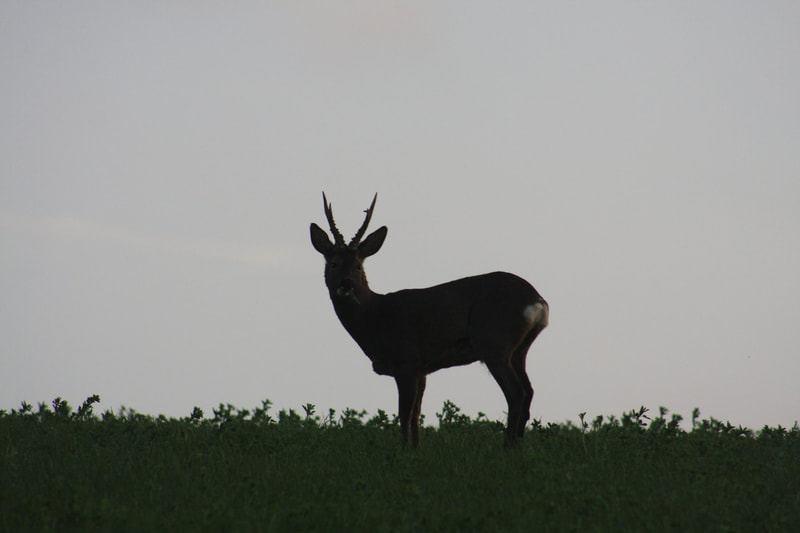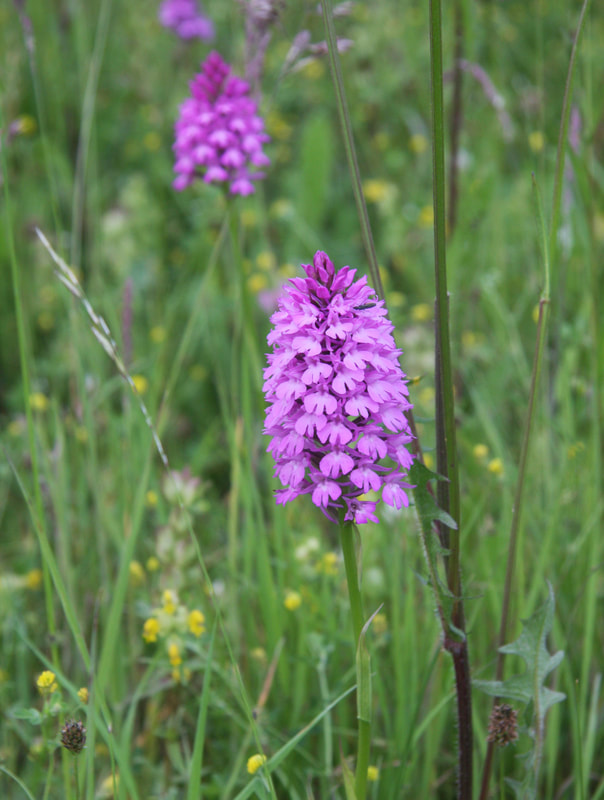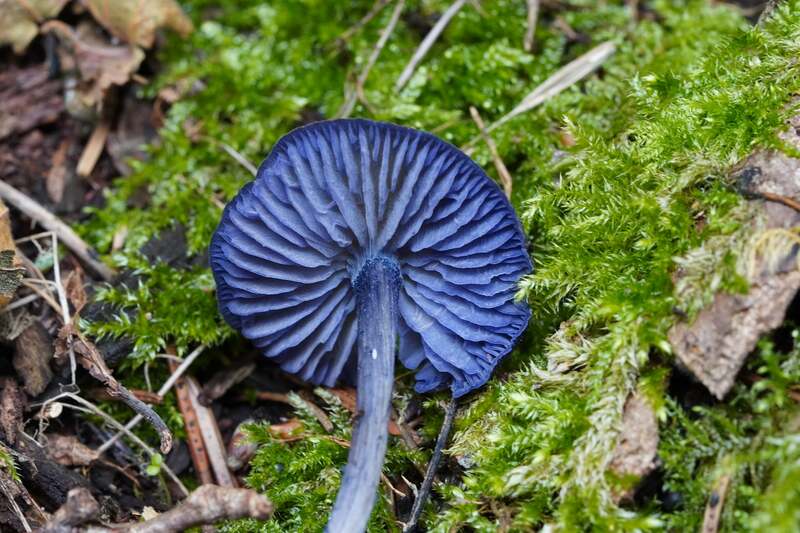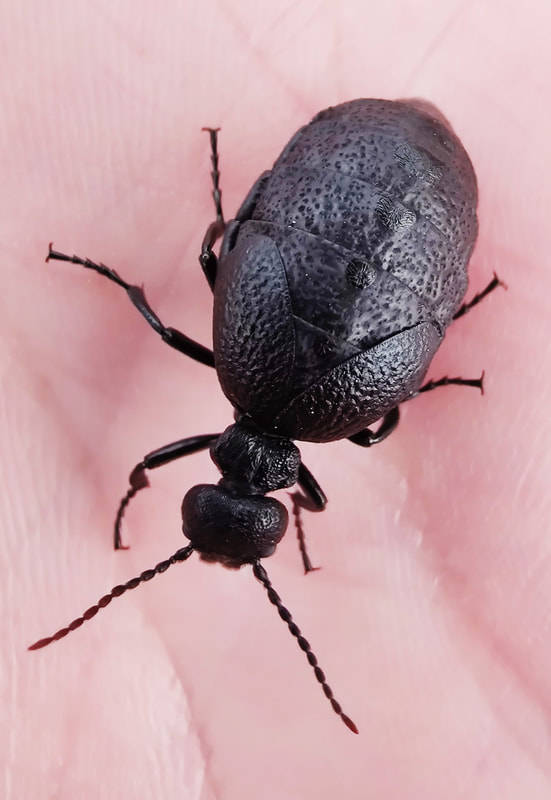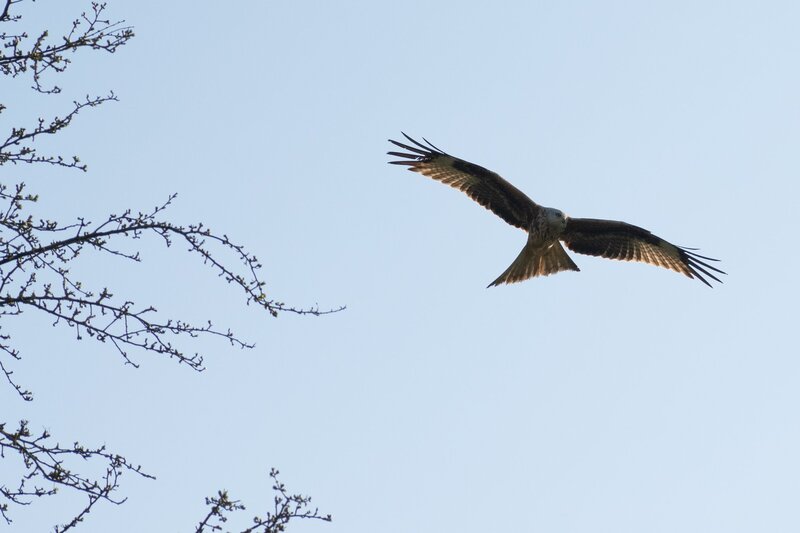FARMING & CONSERVATION
Conservation
Our approach could be described as ‘farming with nature’. We take a very long term view, grounded in the belief that active management is critical to maximising the benefits of the ecosystem services the farm provides. We try to implement a practical approach always seeking to work with nature, not against it, because we believe it is the only way to be sustainable farmers and derive value from nature harmoniously.
Our approach includes:
- The farm’s cropping rotation is focused on winter wheat, but includes spring barley and a fallow year in stubble.
- We have planted a network of bird seed and pollen and nectar mixes across the farm. These are connected and further enhanced by species rich grass margins and hedgerows. This has the benefit of allowing wildlife to naturally spread out, whilst connecting what might otherwise become isolated ‘island’ habitats.
- We manage the woods on a carefully selected thinning rotation. Preserving ancient trees and deadwood, whilst allowing light to reach the woodland floor to promote new growth. When harvesting timber, the off cuttings are left to rot down, returning nutrients to the soil and providing food and habitat for insects and nesting birds.
- We predominantly graze sheep, some horses and occasionally cattle on the grasslands, on a rotation that specifically aims to benefit the wide varieties of wildflowers and orchids present. The grazing rotation and sensible stocking densities, mean plants are left undisturbed and able to mature, be serviced by pollinators, and disperse their seeds before livestock is re introduced in order to maintain and help re-establish the calcareous grasslands. We also top/flail some areas, usually in late July and August, to remove some of the old rank grasses after the orchids have seeded and the ground nesting birds fledged.
- We use supplementary feeding as an important way we provide birds, and additionally some other small mammals too, with a much needed extra food source. Feeding stations are spread across the farm, and are critical to many birds surviving through the ‘hungry gap’ in winter. It also supports them to move into nesting season in top physical condition, increasing the chance of successfully fledging their offspring.
- We carefully manage some species to prevent population imbalances and wider detrimental impacts across the habitat. This can be through targeting some generalist species, in order to increase the survival chances of more at risk species, particularly ground nesting birds.
- We seek to minimise disturbance, by maintaining calm, quiet and undisturbed areas. This helps reduce stress, minimises health risks and prevents wildlife being unnecessarily dispersed and constantly moved.
- We are actively monitoring the populations of a number of key species every year, in order to better inform our management decisions and actions. Some of these include: grey partridge, lapwing, red kite, barn owl, skylark, yellow hammer, roe deer, brown hare and hedgehog.
Follow Alex Robinson on...
Taking part in the Game & Wildlife Trust’s Grey Partridge Count Scheme and Big Farmland Bird Count every year allows us to contribute to national wildlife conservation databases
A Wildlife Collection from Moor Wood
by Paul Sergeant






